Autonomy for Innovation
January 3, 2024
I recently listened to Andy Ruben, founder of resale platform Trove, talk about his early career, and I learned so much about him that I did not know. Inspired by that experience, for my newsletter this week I’ll share a reflection on my experience working at EILEEN FISHER Renew. Much of my foundational and working knowledge of reuse and the circular economy came from my 14 years working at the brand and the 6 years I managed their take-back, resale + reuse program, EILEEN FISHER Renew. Today I’ll reflect on autonomy, which when given and/or practiced can create all kinds of experimentation, innovation and surprises that would be otherwise hard to come by.
I led the EILEEN FISHER Renew program from 2015-2021. It is a take-back, resale, reuse and recycling program (i.e. ‘circular’) embedded inside the company. But it wasn’t always part of the company. When it started in 2009, it was part of the EILEEN FISHER Community Foundation (a non-profit), and it’s purpose was to help raise money for the non-profit. The program grew until 2015 when it moved from being a part of the non-profit to a part of the larger EILEEN FISHER company.
One of the unintended consequences of the program growing for 6 years as part of the non-profit was that it had established itself outside the purview of a corporation. In many ways it was able to live a very independent life as part of the non-profit, which in retrospect acted much like an incubator, shielding it from larger demands to make more money and be more efficient. Of course in the long run, making money and being efficient are hugely important for just about every successful business, but giving this new business model 6 years of time to experiment, fail and succeed were hugely formative to it’s overall success.
When I began managing the program in 2015, it was newly a part of the larger company, and for many more years it retained a large degree of autonomy and continued to incubate while inside EILEEN FISHER, Inc.
The list of things the Renew Team was able to imagine, put forth and try was long and ever expanding. Here are some of the things we tried while I was there (with varying degrees of success):
Main line (full-price) in-store resale pop ups: merchandising and sending small assortments of resale products to full price EILEEN FISHER, Inc stores to see how customers would respond to this offering.
Grab-box assortments for customers willing to try different products in their size.
Visible repair collections, including separate techniques for woven and knit.
On-site deconstruction and remanufacturing (taking clothes apart, cutting pattern pieces from them and sewing them back as new clothes).
Mechanical recycling and downcycling of different materials.
One important project that sparked some of these efforts was the CFDA Social Innovators Project in 2014. EILEEN FISHER, Inc. and the CFDA teamed up to offer 3 recent design grads a year-long fellowship focused on the next-highest-reuse of unsalable clothes from the take-back program. I was fortunate to be part of this project as their company-guide, making sure they had access to and were meeting with teams from all over the company and also setting aside time, space and resources for them to have at the mountain of unsellable take-backs. About 1/2 of what the company took back could not be resold due to varying degrees of damage. The growing question was what to do with all of those clothes. They certainly could not be thrown away; they were still so valuable- mountains of wool, cotton, silk, linen, cashmere and viscose. The 3 grant-winners spent a year with EILEEN FISHER, Inc focused on what to do with the unsellable take-back products which culminated in a 100% not-new pop up shop in Brooklyn. The mini-shop featured pre-loved garments as well as mended and remade garments. The company received a lot of super positive press around this entire venture, and on the inside of the company it was also an invigorating and fun project for teams to be part of. The 3 grants were a $150k investment in continued and deepened sustainability efforts, but the outcome was unknown at the launch. Another great example of autonomy and experimentation leading to an unforeseen and wildly positive result.
Out of this ‘problem’ of unsellable clothing came so many ingenious solutions, and I re-underline the importance of the spirit of curiosity, of lessened pressure, of autonomy. A significant part of the direction for Renew for many years was basically “We have to figure out what to do with these clothes. Come back with ideas and see if they can be proven.” A brief like that requires time: time to experiment, to fail, to adjust and try again until you succeed.
Key Takeaways:
The Renew program is well known in the industry and the EILEEN FISHER, Inc brand is seen as a pioneer in the resale + reuse space. This is largely because the program was allowed space and time to grow and have trials and errors. I think much of the good reputation the program has stems from the fact that there were and are many trials- some work and some don’t- but that doesn’t mean that they stop trying. Trying new things teaches the team what works and what doesn’t, and that learning allows them to move forward. In organizational terms, what made the environment special was leadership’s willingness (and a founder’s support) to let the program evolve without putting big financial demands on it; the demands on the program were about selling what could be resold and figuring out what to do with the stuff that couldn’t be resold. The desired solution didn’t stem from a financial desire, but a sustainability one.
Putting pressure on a new experimental venture to be profitable in it’s early innings is a pretty good way to kill it. If I’m honest (which I usually am), I think there’s a very misguided notion that anything a company tries needs to be set up for profitability. I’m not saying they should sink lots of money into a money pit from the outset, BUT I am saying that trying something that sounds like a good or interesting idea and giving it enough time to experiment with a few different ways of being is crucial to it’s possible success. When large companies are hyper-focused on profitability, I hesitate because they are actually in a position to put aside money and resources to try to make a go of an idea. This reminds me of venture capital’s investment technique, which is basically (if I understand it correctly) to invest in many interesting ideas with the assumption that most will fail, but one may become an incredible product/solution/company.
Most business-as-usual models seem to be relying on the same formulas for…. survival? Grow 3% per year in existing stores (which can actually be really hard to do!) and open new stores in new markets (where most new financial growth will come from after a significant capex/building investment). To me, this is the hamster wheel, and an increasingly difficult one. I write this from my stationary bike and it might be the same as cranking up my resistance every week with the assumption that I can do the same number of cycles. Most of the fashion headlines I read these days point to a larger story that the way this industry has done business for the last century doesn’t actually work, and even if it continues for another decade, it’s actually on it’s way out. So, what are the new ways of doing business? How are we going to learn them? They need to be incubated now, so they can become a part of each successful company’s portfolio in 2024 and beyond.
In case you need some additional proof points:
Selfridges, the London-based department store chain with 2023 sales of $843 million British pounds:
45% OF TRANSACTIONS WILL COME FROM CIRCULAR PRODUCTS AND SERVICES BY 2030. RESELFRIDGES makes it easier than ever to shop circular - including resale, rental, repair, refill and recycle.
REI, the outdoor retailer co-op chain with 2022 revenues of $3.85 billion has dug in deep on resale and rental. This year they opened their 2nd dedicated Re/Supply store.
REI's investment in Re/Supply also aligns with its 2030 climate goals to de-couple business growth from carbon impact. Buying used instead of new typically avoids carbon emissions of 50% or more based on REI's estimate of preparing used gear for sale versus making new gear. (link)
Great article about resale and rental business models from REI’s Ken Voeller.
I think those are two fantastic examples of large companies making commitments and dedicating resources to new business models. In Selfridges’ case, I love the bold commitment ahead of knowing exactly how to do it. That means their teams are scrambling (in the best way) to figure out how to get to that 45% through a multitude of business models. A whole lot of trial and error I would think.
Okay- that’s it for today folks. If you want to chat about how your company could test these waters, please reach out.

